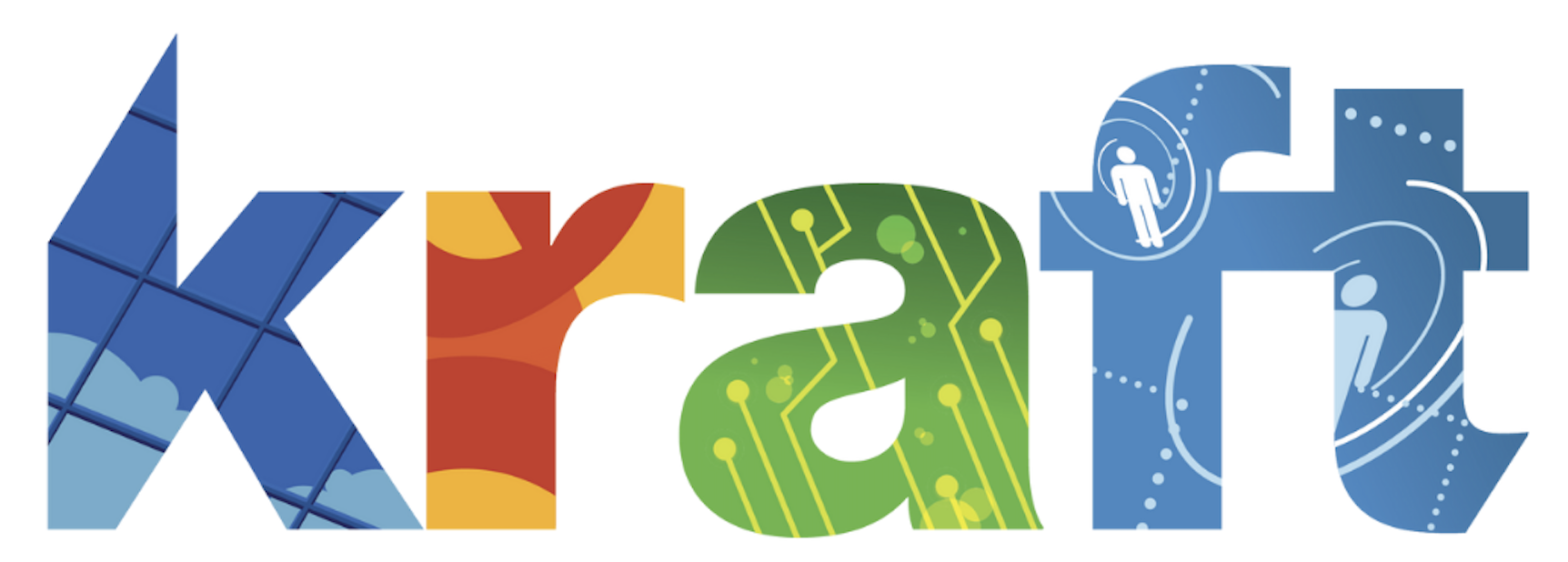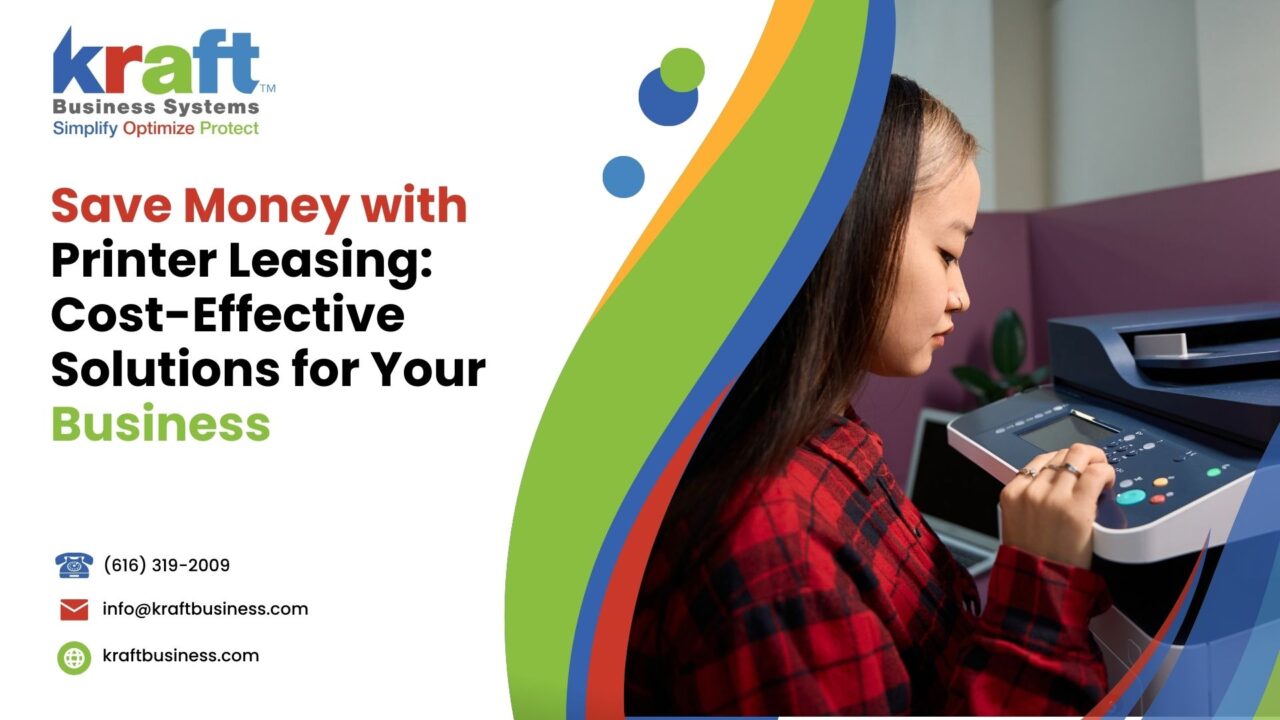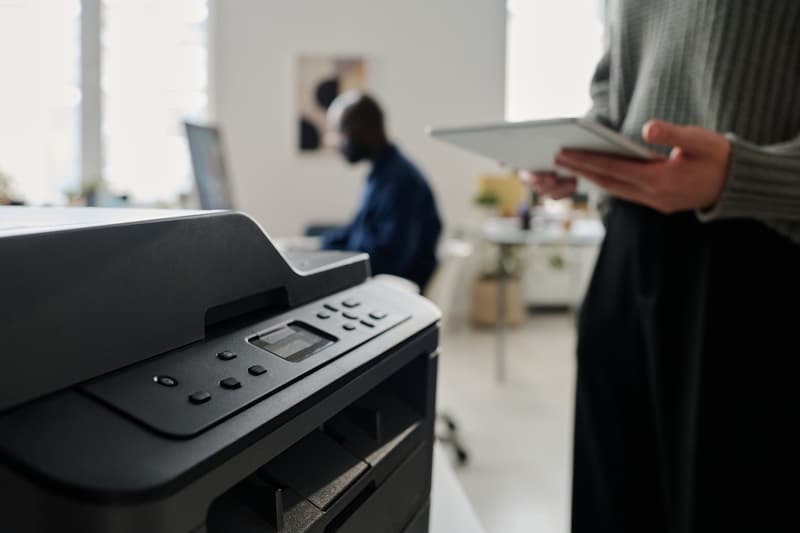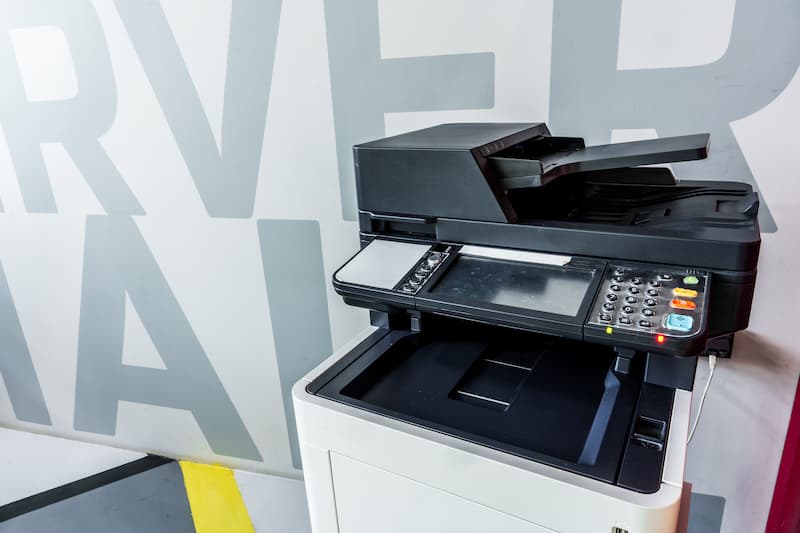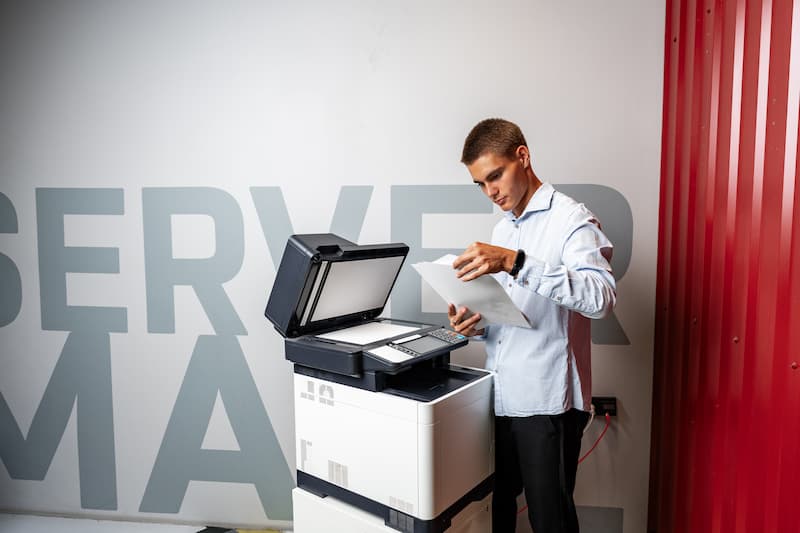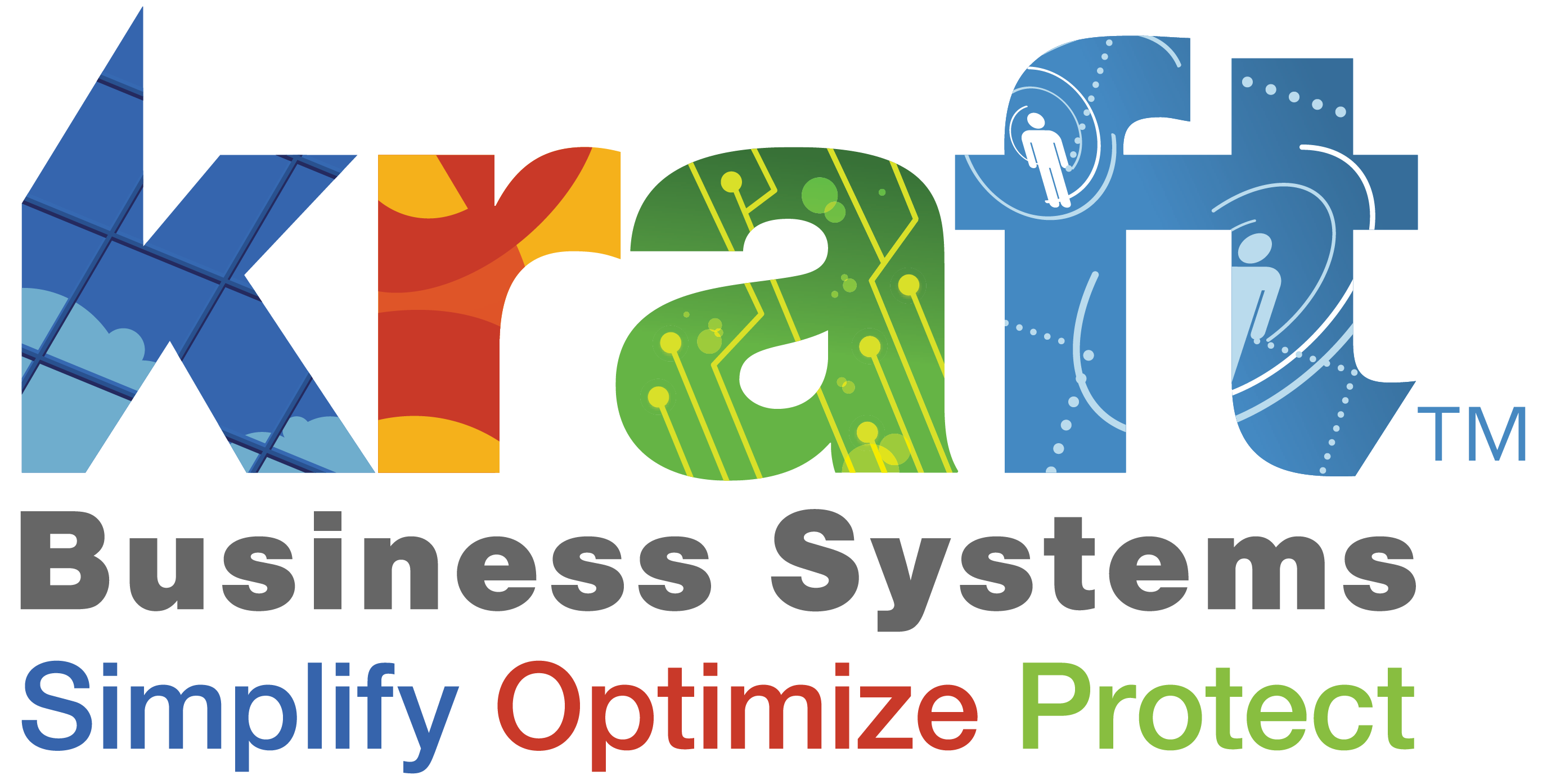Save Money with Printer Leasing
Efficient cost management is crucial for maintaining profitability and operational efficiency. One significant area where businesses can save money is through printer leasing. This blog post will delve into the concept of printer leasing, highlighting its benefits, associated costs, and why it may be a more cost-effective solution than outright purchasing. We’ll cover key aspects such as types of leases, how to negotiate lease agreements, and choosing the right printer for your business needs. By understanding these elements, you can make informed decisions that will enhance your business operations and save you money in the long run.
Understanding Printer & Copier Leasing
What is Printer Leasing?
Printer leasing is a financial arrangement where a business rents a printer or copier for a specified period instead of purchasing it outright. This allows companies to use high-quality office equipment without the need for a significant upfront investment. Leasing agreements typically include terms for maintenance and support, making it easier for businesses to manage their printing needs without worrying about repair costs or downtime.
Types of Printer Leases
There are several types of printer leases available, each catering to different business needs:
- Fair Market Value (FMV) Lease: This is the most common type, where the lessee pays a lower monthly fee and has the option to purchase the printer at its fair market value at the end of the lease term.
- Dollar Buyout Lease: In this lease, the lessee can purchase the printer for a nominal fee (usually $1) at the end of the lease term.
- Operating Lease: This is a short-term lease that allows businesses to use the printer without taking on the risks of ownership.
- Capital Lease: This type of lease is similar to a loan, where the lessee takes on some of the ownership benefits and obligations.
Advantages of Leasing a Printer
Leasing a printer offers several advantages over purchasing, making it an attractive option for many businesses:
- Cost Savings: Leasing eliminates the need for a large upfront investment, allowing businesses to preserve their capital for other essential expenses.
- Flexibility: Leasing agreements often allow businesses to upgrade their equipment as technology advances, ensuring they always have access to the latest features.
- Maintenance and Support: Many leasing contracts include maintenance and support services, reducing the burden on in-house IT staff and ensuring the printer remains in optimal condition.
- Tax Benefits: Lease payments can often be deducted as a business expense, providing potential tax benefits.
- Predictable Expenses: With fixed monthly payments, businesses can better manage their budgets and avoid unexpected repair costs.
Cost to Lease an Office Printer
Factors Affecting Leasing Costs
Several factors influence the cost of leasing a printer:
- Type of Printer or Copier: High-end multifunction printers typically cost more to lease than basic models.
- Lease Term Duration: Longer lease terms usually result in lower monthly payments but may commit the business to outdated technology.
- Monthly Lease Payments: These are determined by the type of lease, the printer model, and the leasing company.
- Additional Costs: Businesses may incur extra costs for maintenance, supplies, and overage fees for exceeding print quotas.
Typical Costs of Leasing a Printer
Leasing costs can vary widely depending on the printer model and the leasing company. For example, a basic monochrome printer might cost around $20 to $50 per month, while a high-end color multifunction printer could range from $100 to $500 per month. It’s essential to compare different leasing options and models to find the most cost-effective solution for your business needs. Additionally, some companies offer bundled packages that include maintenance and supplies, which can further streamline your budgeting process.
Cost Savings Compared to Buying
When comparing leasing to buying, it’s important to consider both the initial and long-term costs. Purchasing a high-quality printer outright can be expensive, often requiring a significant upfront investment. In contrast, leasing spreads the cost over time, making it easier to manage financially. Over the lease term, businesses can save money by avoiding the high initial purchase price, maintenance costs, and potential obsolescence. Leasing also provides the flexibility to upgrade to newer models without the need to sell or dispose of outdated equipment, further enhancing cost savings.
Printer Lease Agreements
Key Components of a Lease Agreement
A printer lease agreement outlines the terms and conditions of the lease, including:
- Terms and Conditions: These specify the lease duration, payment schedule, and any penalties for early termination.
- Lease Period: This indicates the length of the lease, typically ranging from one to five years.
- Maintenance and Service Agreements: These detail the responsibilities of the leasing company and the lessee regarding maintenance and repairs.
- End-of-Lease Options: These outline the lessee’s options at the end of the lease term, such as returning the equipment, purchasing it, or renewing the lease.
How to Negotiate a Printer Lease
Negotiating a printer lease involves understanding the key components and leveraging them to your advantage. Here are some tips:
- Understand Your Needs: Clearly define your business’s printing needs to ensure you select the right equipment and lease terms.
- Compare Offers: Obtain quotes from multiple leasing companies to compare terms and pricing.
- Negotiate Terms: Discuss the lease period, monthly payments, maintenance agreements, and end-of-lease options. Aim for flexibility in upgrades and potential buyout terms.
- Read the Fine Print: Carefully review the lease agreement for any hidden fees or unfavorable terms.
Choosing the Right Choice for Your Business
Assessing Business Needs
To choose the right printer for your business, consider the following:
- Office Size and Printer Needs: Determine the volume of printing your office requires and the space available for the printer.
- Types of Documents Printed: Assess whether you need a basic monochrome printer, a color printer, or a multifunction printer that can handle various tasks such as scanning, copying, and faxing.
Comparing Printer Models
When comparing printer models, consider:
- Multifunction Printers vs. Single-Function Printers: Multifunction printers offer greater versatility, while single-function printers may be more cost-effective for specific tasks.
- Latest Models and Their Features: Look for printers with features that align with your business needs, such as wireless connectivity, mobile printing, and energy efficiency.
Selecting a Reputable Leasing Company
Choosing the right leasing company is crucial for a smooth leasing experience. Consider the following:
- Research and Reviews: Look for leasing companies with positive reviews and a solid reputation in the industry.
- Reputation: Ensure the company has a track record of reliability, good customer service, and transparent terms.
Advantages of Leasing Over Buying
Cost-Effective Solutions
Leasing a printer offers significant cost-effective advantages compared to purchasing. When you lease, the initial capital outlay is minimized, freeing up funds for other critical business needs. This is particularly beneficial for small and medium-sized businesses that might struggle with the high upfront costs of buying a printer outright. Leasing allows businesses to manage their budgets more effectively, with predictable monthly payments that can be easily accounted for in financial planning. Additionally, leasing often includes maintenance and support services, which can save businesses from unexpected repair costs and downtime.
Flexibility and Upgrades
Leasing provides the flexibility to upgrade to newer models as technology advances. Businesses can avoid the risk of owning outdated equipment and ensure they always have access to the latest features and functionalities. This adaptability is crucial in a rapidly evolving technological landscape, where having up-to-date equipment can enhance productivity and efficiency. Leasing agreements often include options to upgrade at specific intervals, allowing businesses to stay current without the financial burden of continuous purchases.
Managing Additional Costs
Hidden Costs to Consider
While leasing can offer cost savings, it’s essential to be aware of potential hidden costs:
- Additional Fees: Some leases may include fees for installation, training, and software updates.
- Maintenance and Repairs: Ensure the lease agreement clearly outlines what maintenance and repair services are covered.
- Overage Fees: Be mindful of any overage fees for exceeding print quotas, as these can add up quickly.
By thoroughly reviewing the lease agreement and understanding these potential costs, businesses can better manage their budgets and avoid unexpected expenses.
HBudgeting for Printer Leasing
Effective budgeting for printer leasing involves planning for all associated costs:
- Monthly Lease Payments: Calculate the total cost over the lease term and ensure it fits within your budget.
- Maintenance and Supplies: Set aside funds for consumables like ink, toner, and paper.
- Unexpected Costs: Maintain a contingency fund for any unexpected expenses, such as repairs not covered by the lease agreement.
By proactively budgeting for these costs, businesses can enjoy the benefits of leasing without financial strain.
FAQs: Leasing vs. Buying Printers and Copiers
Is Leasing a Printer or Copier Cheaper than Buying?
Leasing a printer or copier can be more cost-effective than buying, especially for businesses that prefer lower upfront costs and need flexibility. Leasing spreads out payments over time and often includes maintenance, reducing overall expenses.
What is the Cost to Lease a Printer or Copier?
The cost to lease a printer or copier varies based on the model, lease term, and additional services. Generally, costs are lower than purchasing outright, with monthly payments and potential extra fees for maintenance and supplies.
Can I Lease an Office Printer or Copier?
Yes, you can lease both office printers and copiers. Leasing allows businesses to acquire necessary office equipment without significant upfront costs, often including maintenance and support services in the agreement.
What are the Advantages of Leasing Over Buying a Copier or Printer?
Leasing offers several advantages over buying, including lower initial costs, flexibility to upgrade to newer models, and predictable monthly payments. It can also include maintenance and support, reducing the risk of unexpected expenses.
How Long is a Typical Lease for an Office Printer or Copier?
A typical lease term for an office printer or copier ranges from one to five years. Shorter leases provide flexibility for upgrades, while longer leases may offer lower monthly payments but with less frequent equipment updates.
Are There Additional Costs Associated with Leasing a Copier or Printer?
Additional costs can include maintenance fees, supplies like toner and paper, and potential overage charges if you exceed the lease’s print limits. It’s important to review the lease agreement for a comprehensive understanding of all associated costs.
What Should I Consider When Deciding to Lease an Office Copier or Printer?
When deciding to lease, consider factors such as the total cost of the lease, the need for upgrades, maintenance included in the lease, and the flexibility of terms. Compare leasing options and ensure they align with your business’s needs and budget.
How Can Leasing Be a Cost-Effective Solution for My Business?
Leasing can be cost-effective by reducing upfront expenditures, providing access to up-to-date equipment, and including maintenance services. This approach helps manage budgets better and avoids the high initial costs associated with purchasing office equipment outright.
When evaluating the cost to lease an office printer or copier, it’s essential to weigh the overall cost against the option to purchase a copier outright. Leasing and buying each have their advantages and disadvantages, and your choice will depend on various factors including your business needs and budget.
Leasing vs buying involves comparing several elements. Monthly lease cost tends to be lower than the upfront purchase price, providing flexibility without a significant initial expenditure. Additionally, leasing offers flexibility, allowing you to upgrade to the latest copier models or a new printer as technology advances, which might be a significant advantage for your business.
However, the pros and cons of leasing versus buying should be carefully considered. While leasing may provide access to the latest equipment and manageable monthly payments, the duration of the lease and lease terms and conditions can impact the total costs and lease. It’s crucial to review your lease agreement thoroughly to understand all associated costs and lease obligations, including any additional costs such as maintenance and overage fees.
